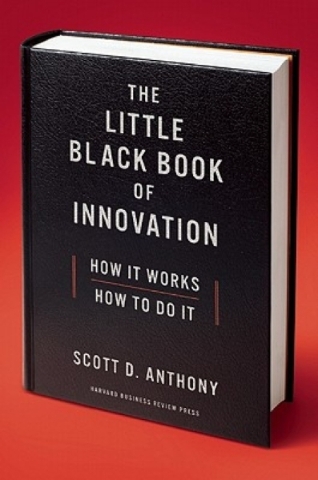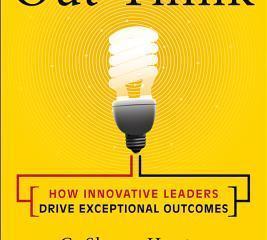

“Collaboration Begins with You — Be a Silo Buster,” by Ken Blanchard, Jane Ripley and Eunice Parisi-Carew (Berrett-Koehler Publishers, $23.95).
While virtually everyone in business acknowledges the “hive mind” power of collaboration, there are those who pay it lip service while building silos and micromanaging. Before reading the book, find out if you walk the collaborative talk by taking the self-assessment (pages 137-142). Also, ask peers and your staff to take it from the “how you work with them” perspective. Your results and the shared perspectives create your mindset for “aha learning” from the authors’ “UNITE” model:
“U-Utilize differences” — You always learn more from those whose views differ from yours. Encouraging discussion and debate shows people that their input has value. Even if their path wasn’t chosen, they’ll have a grasp about the “why” another was.
“N-Nurture safety and trust” — By sharing key points about successes and missteps, you create learning opportunities. These allow staff to connect dots to others on the team to show that “we” achieves organizational and personal goals. The process improves the timeliness of communication, too, and builds a culture of trust and respect.
“I-Involve others in crafting a clear purpose, values and goals” — It’s all about buy-in. When people are involved from the get-go, they understand what and why, as well as the agreed-upon approach. They hold each other accountable for the execution of how.
“T-Talk openly” — Ask, don’t tell. Seek feedback by asking questions. Use it to create a “yes, and …” conversation. Also, encourage networking as a way to establish relationships, which broaden each teammate’s understanding of how others think, act and react.
“E-Empower yourself and others” — Collaboration begets learning, which begets continuous improvement, which begets improved performance.
Key takeaway: “None of us is as smart as all of us.” Silo dwellers don’t maximize their productivity and that of those around them.
“The Little Black Book of Innovation — How It Works, How to Do It,” by Scott D. Anthony (Harvard Business Review Press, $25).
Instead of starting with Chapter 1, start with Chapter 4; its “Seven Deadly Sins” show how an arrogant, intolerant organizational culture kills innovation. Here’s a snapshot:
Pride — Forcing your view on the marketplace won’t work. You need a customer-centric starting point to ensure an understanding of what customers want now and a broad understanding of what may affect the market’s future.
Pride also deals with accepting reality. If you’ve ever watched ABCs “Shark Tank,” you’ve seen”‘wantrepreneurs” so enamored with their product/service that they refuse to see the problems with their ideas and/or business plans.
Sloth — Paying lip service to innovation by not giving people the resources and room they need to create something different. “Genius is 1 percent inspiration and 99 percent perspiration.”
Gluttony — Being the market leader often leads to resting on your laurels. Anthony advocates employing “selective scarcity” in various areas to get people thinking “what if.”
Lust — Pursuing too many bright, shiny ideas generally means that resources will be spread too thin to turn any of them into reality. You must prioritize; but, don’t just think short-term.
Envy — Creating an “us vs. them” relationship between core business and growth opportunities makes it difficult for either to focus on their business. Encourage both by celebrating their wins together.
Wrath — Innovation involves risk. Without failure there can be no success. Punishing the risk-takers keeps people in their comfort zones (i.e., their box).
Greed — Putting profits first in the innovative process usually “leads to prioritizing low-potential markets.” Growth requires patience.
The bottom line: Commit any of the sins and your penance will be the inability to get to Point B.
Jim Pawlak is a nationally syndicated reviewer of business books.






